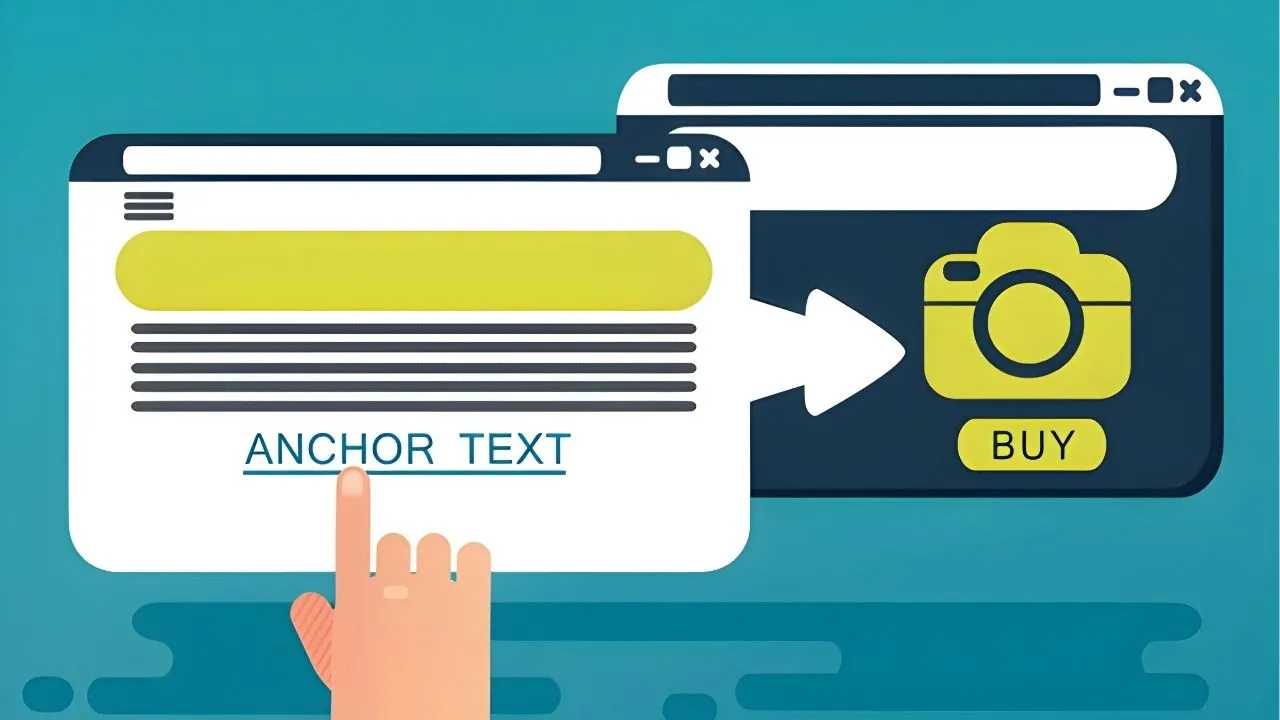
Table of Contents
Anchor text plays a vital role in both user experience and search engine optimization (SEO). Understanding what anchor text is and how to optimize it can significantly enhance your website's visibility and usability. In this article, we will delve into the concept of anchor text, its importance, and best practices for optimizing it effectively.
What is Anchor Text?
1. Definition:
- Anchor text is the clickable text in a hyperlink that leads users to another webpage or resource. It is often highlighted and underlined to distinguish it from the surrounding text.
2. Types of Anchor Text:
- Exact Match: The anchor text exactly matches the keyword of the target page.
- Partial Match: The anchor text includes variations or partial keywords of the target page.
- Branded: The anchor text uses the brand name as the link text.
- Naked URL: The anchor text is the URL itself.
- Generic: The anchor text uses generic phrases like "click here" or "read more."
- Image: The alt text of an image is used as the anchor text.
Why is Anchor Text Important?
1. SEO Impact:
- Search engines use anchor text to understand the context and relevance of the linked page. Well-optimized anchor text can improve the ranking of both the links and the linked pages.
2. User Experience:
- Descriptive and relevant anchor text helps users understand what to expect when they click a link, enhancing their overall browsing experience.
3. Link Building:
- Anchor text is a critical component of link-building strategies. It helps search engines assess the quality and relevance of backlinks pointing to your site.
How To Optimize Anchor Text
1. Be Descriptive:
- Use clear and descriptive anchor text that accurately reflects the content of the target page. Avoid vague or generic phrases.
2. Use Relevant Keywords:
- Incorporate relevant keywords naturally within the anchor text to signal the topic of the linked page to search engines.
3. Maintain Variety:
- Avoid over-optimizing by using the same anchor text repeatedly. Use a mix of exact match, partial match, branded, and generic anchor texts to create a natural link profile.
4. Keep it Concise:
- Short and concise anchor text is more effective and user-friendly. Aim to convey the necessary information within a few words.
5. Ensure Contextual Relevance:
- Make sure the anchor text is relevant to both the linking and linked pages. Contextual relevance enhances user experience and improves SEO.
6. Avoid Keyword Stuffing:
- Do not stuff anchor text with keywords. This can lead to penalties from search engines and negatively impact your site's ranking.
7. Optimize Internal Links:
- Use optimized anchor text for internal links to guide users and search engines through your site's structure and hierarchy.
8. Use Semantic Variations:
- Utilize synonyms and semantic variations of your target keywords to keep the anchor text diverse and natural.
Examples of Good and Bad Anchor Text
1. Good Anchor Text:
- “Learn more about our SEO services.”
- “Check out our latest blog post on digital marketing trends.”
2. Bad Anchor Text:
Conclusion
Anchor text is a powerful tool for improving both user experience and SEO. By using clear, relevant, and optimized anchor text, you can enhance your website's visibility and provide a better browsing experience for your users. Remember to diversify your anchor text, avoid keyword stuffing, and ensure contextual relevance for maximum impact.
Boost Your SEO Strategy with Expert Anchor Text Optimization!
Optimize your website's anchor text with our professional SEO services. Softhat IT Solutions provides tailored strategies to enhance your site's visibility and user experience. Contact us today to learn how we can improve your SEO through effective anchor text optimization.
